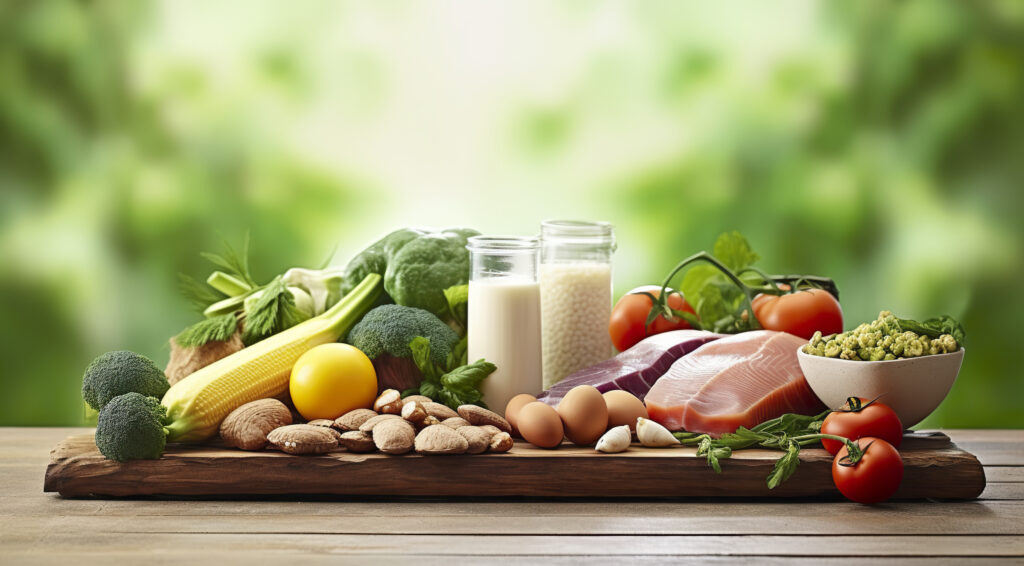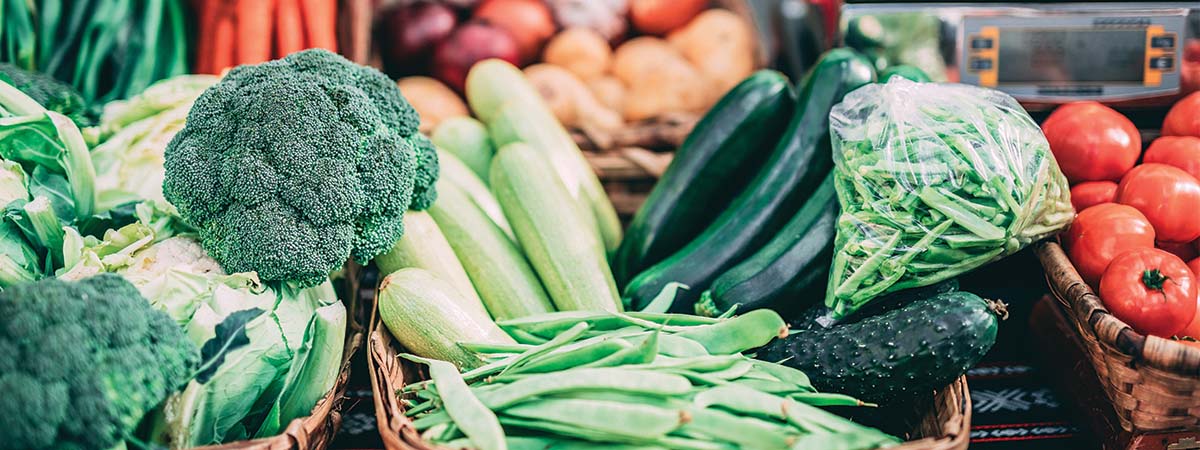Cardiovascular disease (CVD) is the broad term for a group of diseases that typically coexist and include:
- Heart failure
- Hypertension (high blood pressure)
- Atherosclerosis (hardening of the arteries)
- Ischemic heart disease
- Peripheral vascular disease
About 1 in 3 Americans has at least one type of CVD. Prevention is the best treatment because CVD kills more people than cancer, accidents, and chronic lower respiratory diseases combined. CVD risk factors are a mix of modifiable and non-modifiable influences.
Modifiable risk factors are lifestyle behaviors that alter your lipid profile and inflammatory markers that lead to CVD. Lifestyle modifications are foundational for the protection and treatment of CVD. These include:
- Eating healthier
- Reducing stress
- Quitting smoking
- Reducing alcohol intake
- Improving quality of sleep
- Increasing physical inactivity
A Healthy Diet is Key
The American Heart Association states a healthy diet is key to preventing and managing CVD. They recommend an overall healthy diet pattern that offers:
- Whole grains
- Vegetable oils
- Lean proteins
- Little to no alcohol
- A variety of fruits and vegetables
- Minimal sodium, processed foods, and added sugars
Some people may prefer to have a defined structure to their meals by following a specific diet that outlines exact types and amounts of food. Several diets are known to prevent or treat CVD that closely resemble the AHA’s dietary guidelines, such as the:
Mediterranean Diet (MedDiet) The MedDiet’s benefits in preventing CVD and improving coronary outcomes were first discovered when people living in the U.S. were observed as having higher rates of heart disease than those living in Mediterranean countries. Further research revealed that precursors to CVD like type 2 diabetes, metabolic syndrome, and obesity were also improved on the diet.
Dietary Approaches to Stop Hypertension (DASH) diet. The DASH diet is designed to be both flexible and well-rounded. It sets the tone for a life-long heart-healthy eating pattern. Hypertension, a precursor to CVD, can often be controlled through the DASH diet alone. The diet encourages eating more plant foods, healthy fats, and lean proteins while limiting unhealthy fats and added sugars. Sodium should be restricted to ≤ 2,300 mg/day, but 1,500 mg reduces blood pressure even more. Fats and oils should be limited to 2 to 3 servings daily. Patients should eat < 5 servings of sweets (e.g., soda, cookies, pastries) WEEKLY.
The DASH diet lowers CVD risk by reducing oxidative stress and improving blood pressure and cardiac function. The combination of restricting sodium while increasing potassium work together to improve blood pressure. The diet is very high in fruits and vegetables which increases the amount of potassium consumed daily. Potassium lessens the effects of sodium and helps process it out of the body. Blood vessel walls are also relaxed by potassium which lowers blood pressure. High amounts of magnesium, calcium, and antioxidants from this diet further improve cardiovascular health due to their roles in inflammatory, antioxidant, natriuresis, and liver function pathways.
Plant-based diet. It has been estimated that globally adopting a plant-based diet decreases the risk of early death from chronic disease by 18 to 21%. The plant-based diet shifts the focus away from meat being the main feature in a meal to being the smallest feature. Focus should be placed on choosing a wide variety of whole fruits and vegetables, whole grains, beans, nuts, and legumes. The ideal plate will be 25% animal protein and 75% plant foods.
The fiber in plant foods reduces the speed at which food travels from the stomach to the digestive tract. This slower transit time helps patients feel fuller for longer to prevent overeating between meals and reduce their total caloric intake. This can help people lose weight and reduce their risk of developing CVD. Not only does fiber have a slow transit time but it also slows down how fast the food is broken down. This helps with blood sugar control after meals, especially for patients with diabetes.

What You Can Do to Help Your Heart
Even though changing your eating habits can be tough, you can take simple steps to get started today. Take these steps to be on your way toward a healthier diet for your heart.
- Control portion sizes
- How much you eat is just as important as what you eat. Overloading your plate, taking seconds and eating until you feel stuffed can lead to eating more calories than you should. Judging serving size is a learned skill. You may need to use measuring cups and spoons or a scale until you’re comfortable with your judgment.
- Eat more vegetables and fruits
- Vegetables and fruits are good sources of vitamins and minerals. They’re also low in calories and rich in fiber. Keep vegetables washed and cut in your refrigerator for quick snacks.
- Choose whole grains
- Whole grains are good sources of fiber and other nutrients that play roles in heart health and controlling blood pressure. You can get more whole grains by making simple swaps with refined grain products.
- Limit unhealthy fats
- Limit the amount of saturated and trans fats you eat. this helps lower your blood cholesterol and lower your risk of a common heart condition called coronary artery disease. A high blood cholesterol level can lead to a buildup of plaques in the arteries, called atherosclerosis. And that can raise the risk of heart attack and stroke.
- Choose low-fat protein sources
- Lean meat, poultry and fish; low-fat or fat-free dairy products; and eggs are some of the best sources of protein. Choose lower fat options, such as skinless chicken breast rather than fried chicken patties. And choose skim milk rather than whole milk.
- Legumes- beans, peas, and lentils- are good low-fat sources of protein. They contain no cholesterol, making them good substitutes for meat. Eating plant protein instead of animal protein lowers the amounts of fat and cholesterol you take in. It also boosts how much fiber you get.
- Limit and reduce sodium and salt
- High blood pressure is a risk factor for heart disease. Limiting salt and sodium is a key part of a heart-healthy diet. Limiting the amount of salt you add to food at the table or while cooking is a good first step. but much of the sodium you eat comes from canned or processed foods. These include soups, baked goods, and frozen dinners. Eat fresh foods and make your own soups and stews to lower the amount of sodium you eat.
- Plan ahead: Create daily menus
- When you choose foods for each meal and snack, focus on vegetables, fruits, and whole grains. Choose lean proteins and healthy fats, and limit salty foods. Watch your portion sizes and add variety to your menu choices.
- Have a treat once in a while
- It’s okay to treat yourself every now and then but don’t let treats turn into an excuse for giving up on your healthy-eating plan.
Follow these tips and you’ll find that heart-healthy eating is something you can do and enjoy. With planning and a few simple food swaps, you can eat with your heart in mind!



